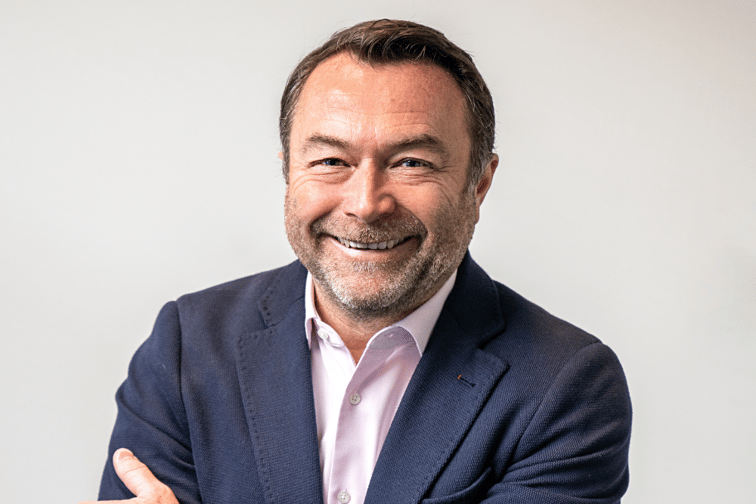

Even though he co-founded the specialist management consultancy Solution Cell and serves the firm as client director today, Paul Jakeman (pictured) is under no illusion regarding the struggles that many professionals face when it comes to taking on a leadership role. It’s a familiar story – a professional who has stood out from the crowd is promoted into a management position due to their strong technical skills but is unprepared for the leadership function of their new role.
“They were a good operator in some way, shape, or form,” he said. “And the view is that ‘well you’re a good operator and you work hard, therefore, we’re going to promote you into a leadership or management role’. But that’s often without any support or guidance on how to do it, or without any development… We see that quite often, where people are promoted and just left to their own devices. I think it’s a real gap and not just for the insurance sector but also more generally when it comes to companies supporting their leaders.”
Taking on a leadership role can be particularly challenging for those who haven’t learnt the right commercial skills early in their personal or professional lives, he said. Some people seem to take to it more easily than others but that’s because they have acquired strong communication and people skills through family or friends, or through university and/or their early career. For those who haven’t had that early exposure, developing these skills can seem insurmountable.
There’s a real art to becoming a good leader, Jakeman said, but he emphasised that while certain skills may come more easily to those with that early development, they can be learnt and built by anybody. Looking to the work that Solution Cell does in this field, he highlighted that opening technically-orientated people up to new conversations is about helping them with their emotional awareness and emotional intelligence, and that self-analysis is critical.
And while it can be difficult for those who aren’t used to doing so, he has found that once people are given the opportunity to tap into that side of themselves, they are generally open to continuing that dialogue because they know it is strengthening them as leaders and as people.
“For us, it’s about saying to people that it’s OK to be vulnerable as a leader,” he said. “It’s OK to say you don’t how to do these things, for example, that you’re not comfortable having a difficult conversation with one of your team when they’re not performing well. It’s OK because you’ve not been shown how to do it. I think for some people, it can almost be a matter of embarrassment that they’re not able to do that.
“I do think that has changed in recent years. If you went back maybe 10, 15 or 20 years, there was a lot of bravado around those things. But people are much more aware now that it’s a skill that you can learn, and you can get better at. People management isn’t something that comes naturally to people by any stretch.”
When Jakeman and his team are working with companies to embed best practices when it comes to leadership, management and navigating change – all underpinned by changing the behaviour of people – a core focus is on starting from the top. Given that people tend to emulate the behaviours they see in their leaders and develop their own commercial skills in line with that, it makes sense to start there.
When asked by businesses leaders whether Solution Cell can help their people, the first port of call is for the team to unpick exactly what means, but also to challenge those same leaders by asking, “what are you going to do differently? What role are you going to play in this?”. Sometimes, he said, people will try to offset that question by highlighting a programme they attended about leadership or something related a while ago, but when a change programme is on the cards they need to update their skills.
“[The question is] what are you going to do now to make this work?” he said. “Specifically, how are we going to work together and collaborate to make sure that you’re leading and modelling best behaviours, and importantly that all your leaders reporting in to you are doing exactly the same? Because if you’re not all aligned, all you are going to do is bring in us, or another organisation, and do some development and it isn’t going to have that long term cultural change. If it doesn’t come from the top, you won’t see the change embedded, it will just be another new initiative.”
